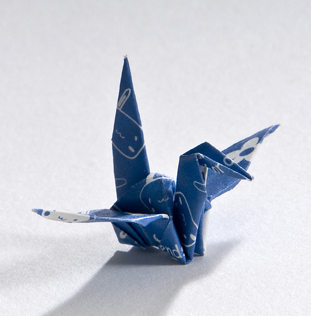After treatment for a craniopharyngioma there are many chronic health problems to be aware of and to screen for in long-term survivors of this disease:
These long term health risks are due to:
- Disease:
- Cysts can compress optic apparatus and nerves
- Infiltration of adjacent tissue by scarring and fibrosis
- Therapy:
- Radiation therapy (RT) induced damage and scarring
- Radical surgery can be associated with significant morbidity
- Intra-cystic bleomycin (late effects debated)
Summary of Late Effects after treatment for craniopharyngioma:
| Late Toxicity |
Neurocognitive problems:
- Poor short term memory
- Difficulty with executive function
|
Depression:
- Usually related to multiple long-term health problems and neurocognitive dysfunction
|
Seizures:
- Side effect of scarring related to tumor and previous RT therapy
- Responds to anticonvulsant therapy
|
Visual problems:
- The disease itself may exert pressure on the optic apparatus leading to optic atrophy, decreased vision and field defects
- RT may directly damage the optic nerves and chiasm.
- RT can cause cataracts (lens of the eye very sensitive to low dose RT)
|
Pituitary and hypothalamic dysfunction:
- Often children with craniopharyngiomas present with pituitary insufficiency. RT therapy will make this situation worse.
- Increased risk of Metabolic syndrome (with hypertension)
- BLOOD PRESSURE SHOULD BE CHECKED IN ANY PATIENT WHO HAS A HISTORY OF CRANIAL RT
- GH deficiency is universal with failure to grow in children. Also risk of other hormone deficiencies:
- TSH deficiency
- LH/FSH deficiency
- ACTH deficiency
- During infection, surgery and illness craniopharyngioma survivors are very likely to need support with extra steroid medication
- These patients should be followed by an endocrinologist on a yearly basis who should supervise their replacement therapy.
|
Increased risk for cerebrovascular events (strokes):
- RT effect on cerebral vasculature
- Significantly increased risk of TIAs and cerebrovascular disease in these patients
|
Increased risk of second neoplasms:
|
Cranial RT techniques more than 10 years old could be associated with scattered RT to the thyroid with an increased risk of:
|
NB: Craniopharyngioma is a chronic disease and the tumor requires intermittent imaging over many years as the cystic component of the tumor can sometimes increase in size after therapy and require treatment.

